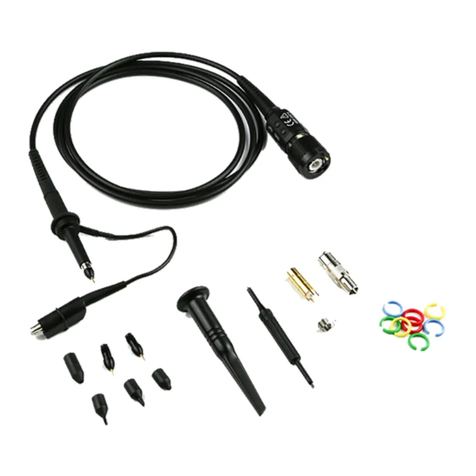
Instruction Manual
922176-00 Rev A i
TABLE OF CONTENTS
Safety Instructions..........................................................................................................................................................1
Symbols.................................................................................................................................................................... 1
Precautions............................................................................................................................................................... 1
Operating Environment............................................................................................................................................. 2
Overview ........................................................................................................................................................................3
Description................................................................................................................................................................ 3
Key Features............................................................................................................................................................. 3
Accessories............................................................................................................................................................... 3
Operation........................................................................................................................................................................4
Precautions............................................................................................................................................................... 4
Connecting the Probe to the Test Instrument............................................................................................................ 4
Connecting the Probe to the Test Circuit .................................................................................................................. 4
Operation with a Teledyne LeCroy Oscilloscope ...................................................................................................... 5
Bandwidth Limit......................................................................................................................................................... 5
AC Coupling.............................................................................................................................................................. 5
Auto Zero.................................................................................................................................................................. 5
Degauss Probe......................................................................................................................................................... 5
Insertion Impedance ................................................................................................................................................. 6
Care and Maintenance...................................................................................................................................................7
Cleaning.................................................................................................................................................................... 7
Cleaning Core Surfaces............................................................................................................................................ 7
Calibration Interval.................................................................................................................................................... 7
Service Strategy........................................................................................................................................................ 8
Troubleshooting........................................................................................................................................................ 8
Returning a Defective Probe ..........................................................................................................................................9
Performance Verification..............................................................................................................................................10
Test Equipment Required ....................................................................................................................................... 10
Preliminary Procedure............................................................................................................................................. 11




























